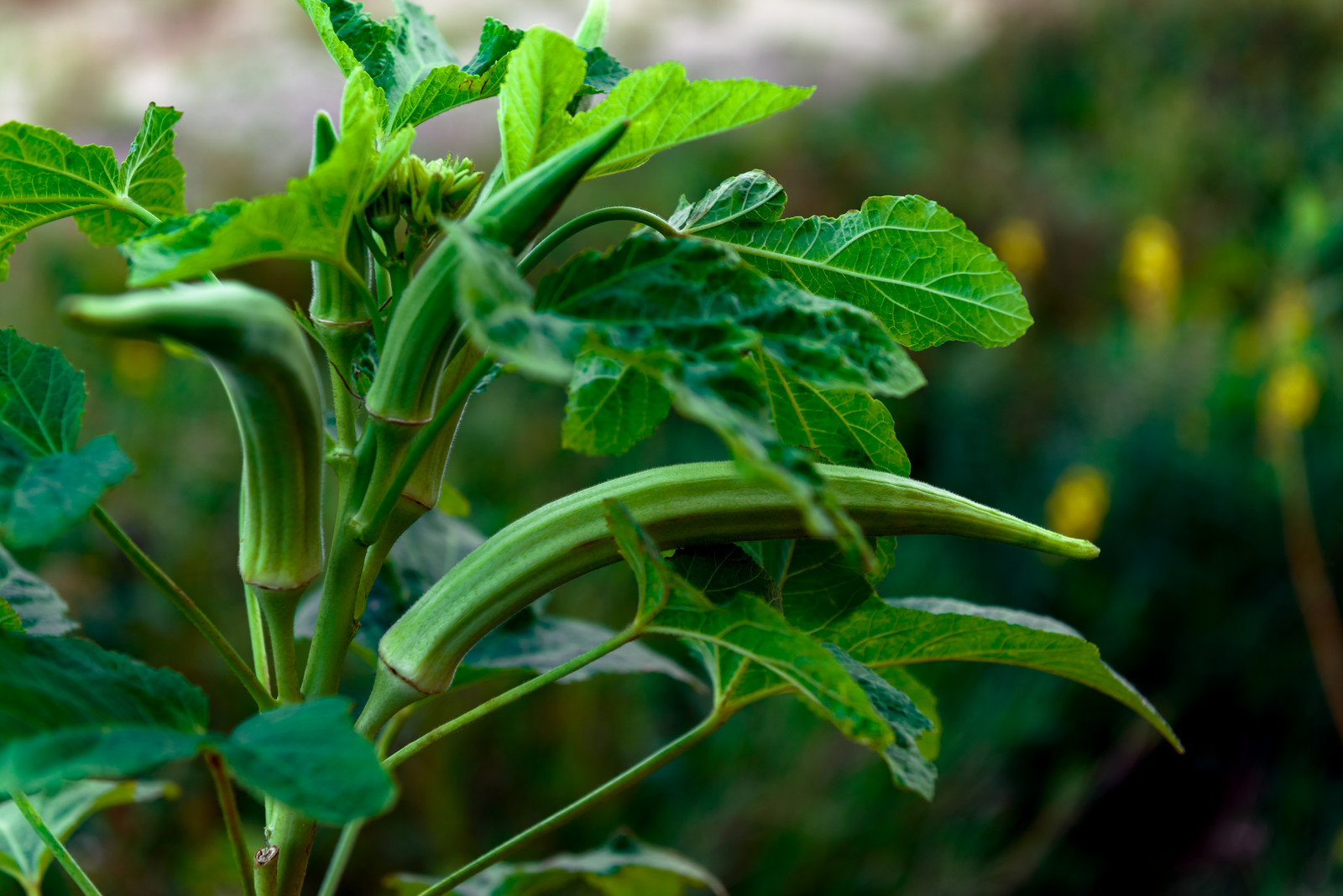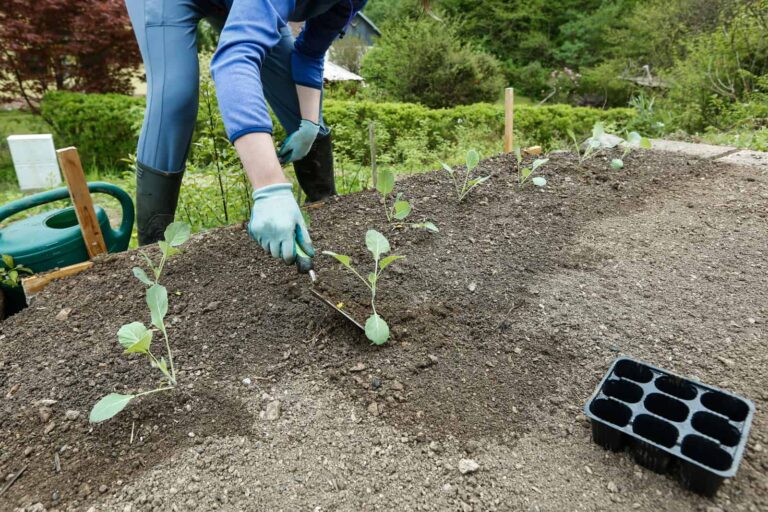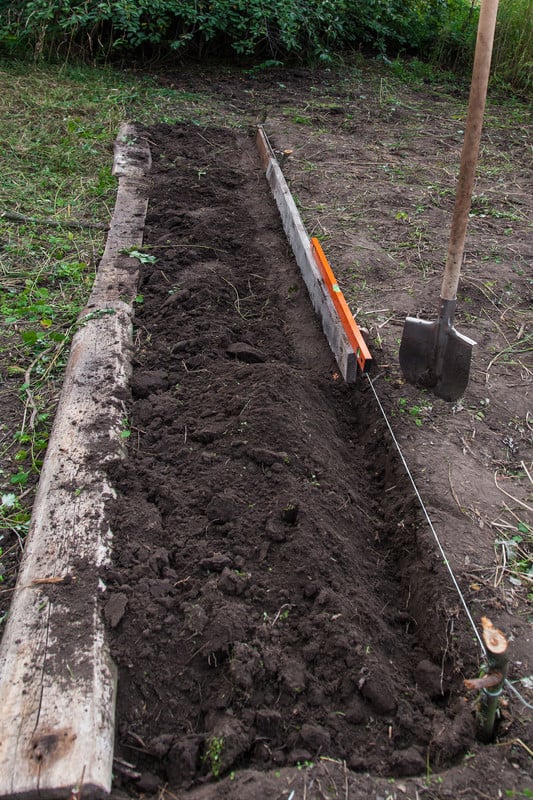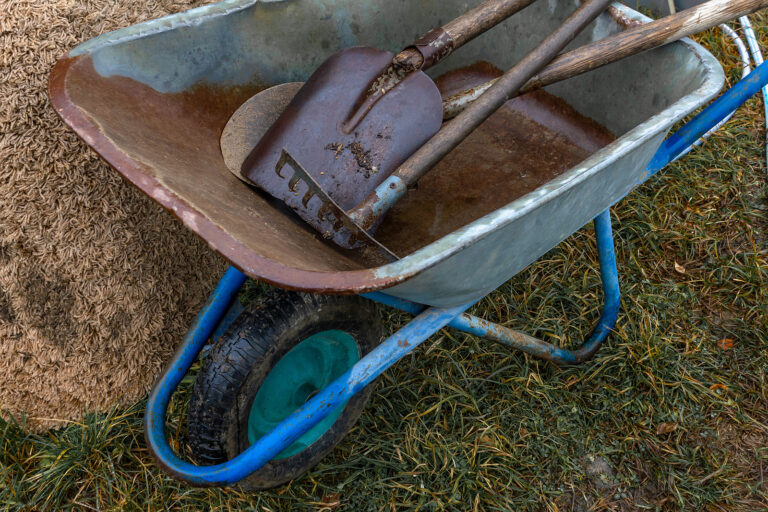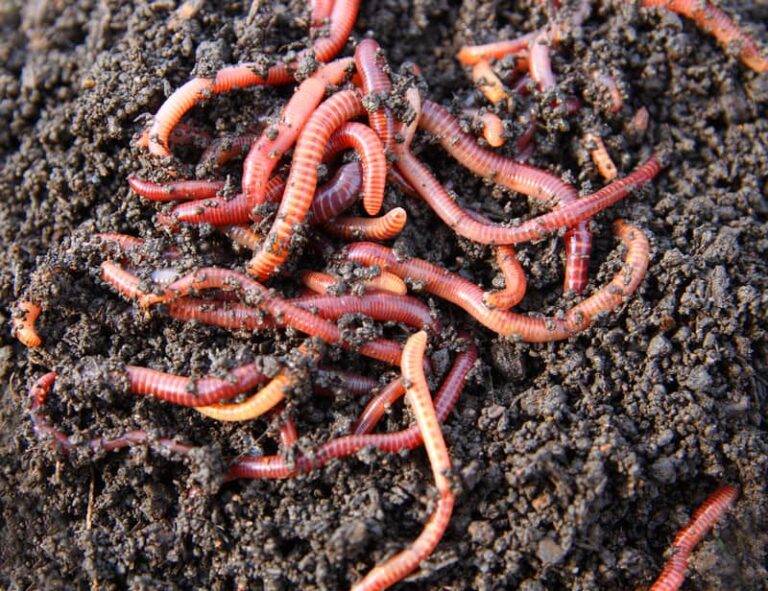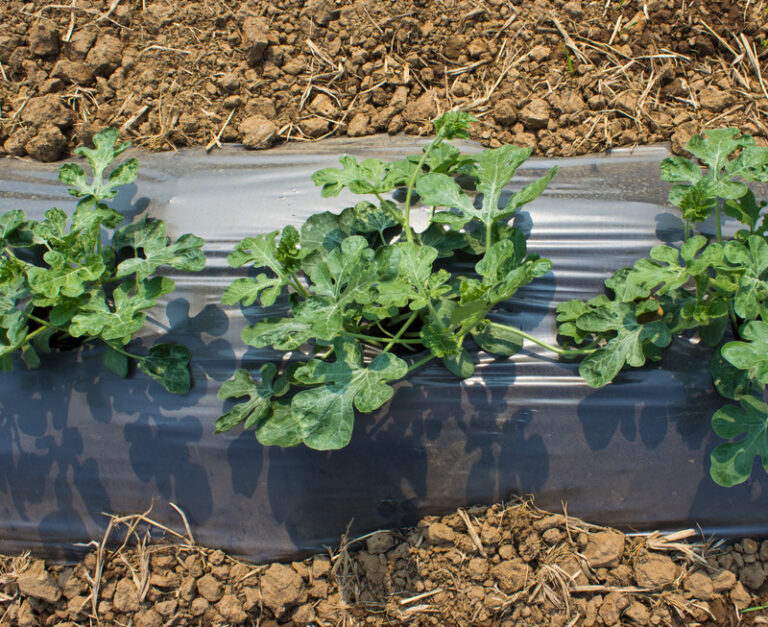How to Care for Okra: Watering, Feeding, and Maintenance Tips
Okra needs attention. Consistent, thoughtful care throughout the season is what sets healthy, productive okra plants apart from the rest. Over the yeats, I’ve grown in mounded beds, in-ground beds, raised beds, and containers. I’ve discovered a few reliable techniques that have helped me get steady yields even in challenging weather conditions. Below are the steps I take every season to water, feed, and maintain my okra plants for maximum success.
Watering Okra: How Much and When
Early in the season, okra needs consistent moisture to establish deep, healthy roots. In my experience, the most important time to watch soil moisture is right after germination and transplanting. I keep the top several inches of soil moist but never soggy—drainage is key.
Once plants are well established, I ease up on watering. Okra is surprisingly drought-tolerant once mature, especially in my California garden where summers are hot and dry. Overwatering, particularly during cool spells, can lead to stem rot and other problems.
What’s worked for me:
- I water deeply once a week, giving plants about 1 inch of water (6.5 gallons per 10 sq ft).
- I avoid overhead watering and use soaker hoses or drip irrigation to keep foliage dry.
- During heatwaves, I may give a second light watering mid-week if the soil feels dry two inches down.
Feeding Okra: Fertility Tips for Pod Production
Through trial and error, I’ve found okra thrives on balanced nutrition with a steady boost as the season progresses. I prep the bed with aged compost before planting to build long-term soil health. Then I follow a timed feeding schedule that encourages steady growth and pod formation.
Here’s my fertilizer routine:
- Before planting: Work in 2–3 inches of compost and a slow-release organic fertilizer.
- When the first pods appear: Apply a balanced organic fertilizer (like 5-5-5) around the base of each plant.
- When plants reach 4 feet tall: I switch to a high-potassium feed (like kelp meal) to fuel flowering and fruiting.
- Twice per season, I apply diluted fish emulsion as a foliar spray—right after flowering begins and again a few weeks later.
- In heavier soils, I’ve added gypsum to improve drainage and reduce compaction.
Okra Plant Care: Staking, Weeding, and Harvest Tips
In my home garden, I’ve learned that a few simple practices early in the season pay off big later when the plants are tall and heavy with pods.
- I stake each plant at planting time, using bamboo poles or sturdy tomato cages, especially for taller varieties.
- I keep the soil weed-free until the plants are about 18 inches tall. After that, the broad leaves help shade out new weeds.
- When okra reaches 9 inches tall, I pinch back the growing tip to encourage bushier growth and more branches.
- Harvesting tip: I always wear gloves and long sleeves when picking. Okra pods secrete a sticky sap and may have tiny spines that irritate skin. I learned the hard way that this sap clings to clothes and tools—so I keep a dedicated “okra shirt” in the garden shed.
🌱 Okra Watering Schedule (Based on Growth Stage & Season)
| Growth Stage | Watering Frequency | Amount | Notes |
|---|---|---|---|
| Seedling stage | 2–3 times per week | Light, consistent moisture | Keep soil evenly moist but not soggy. Don’t let seedlings dry out. |
| Early vegetative | 1–2 times per week | 1 inch/week (approx. 6.5 gal) | Reduce watering as roots establish. Water deeply to encourage root growth. |
| Flowering & pod set | Once a week (more in extreme heat) | 1–1.5 inches/week | Maintain steady moisture to support pod development. Avoid overwatering. |
| Mature plants (mid-summer) | Once every 7–10 days | 1 inch/week (minimum) | Established okra prefers slightly drier soil. Avoid watering in cool spells. |
🛈 Tip from my garden: I water early in the morning so plants dry out by evening—this helps prevent fungal issues. During heatwaves, I mulch heavily and increase watering slightly to reduce stress.
🗓️ Okra Seasonal Care Checklist
✅ Before Planting
- Add aged compost or well-rotted manure to planting beds.
- Pre-warm garden soil using black plastic mulch (especially helpful in spring).
- Choose a sunny spot with excellent drainage.
- Soak okra seeds for 12 hours or scarify to boost germination.
- Select dwarf varieties if growing in containers.
✅ At Planting Time
- Space plants 12–18 inches apart (or according to variety).
- Place a sturdy stake next to each seedling to support future growth.
- Water well after transplanting, and keep soil moist until plants establish.
✅ Early Season (Seedling to 9” Tall)
- Weed regularly to reduce competition for nutrients and water.
- Pinch out growing tips at 9 inches tall to encourage branching.
- Apply diluted fish emulsion to boost early growth (every 2–3 weeks).
✅ Mid-Season (Flowering Begins)
- Apply a balanced organic fertilizer (e.g., 5-5-5) when first pods form.
- Transition to high-potassium fertilizer as plants reach 3–4 feet tall.
- Continue watering regularly—especially during pod production.
✅ Late Season
- Watch for signs of stress (yellowing leaves, reduced flowering).
- Top-dress with compost or apply a second round of fish emulsion.
- Harvest pods daily while young (2–4 inches long) for best flavor and yield.
- Wear gloves and long sleeves during harvest to avoid sap and prickles.
This schedule and checklist reflect real-life experience from decades of growing okra. Consistent watering and timely care will help your okra thrive, whether you’re growing in a backyard bed or a balcony container.
Related Okra Articles:
🥬 Start Here
🌱 Planning & Planting
- When and Where to Plant Okra In Your Garden
- How to Successfully Grow Okra in Short Summer Regions
- How Day Length Affect Okra Growth-What You Can Do About It
- How to Grow Okra in Containers: Tips from My Garden
- How to Plant Okra: Step-by-Step Guide
🌿 Care & Maintenance
🧬 Varieties & Selection
🛠️ Troubleshooting & Problem Solving
🥬 Harvest & Kitchen Use

